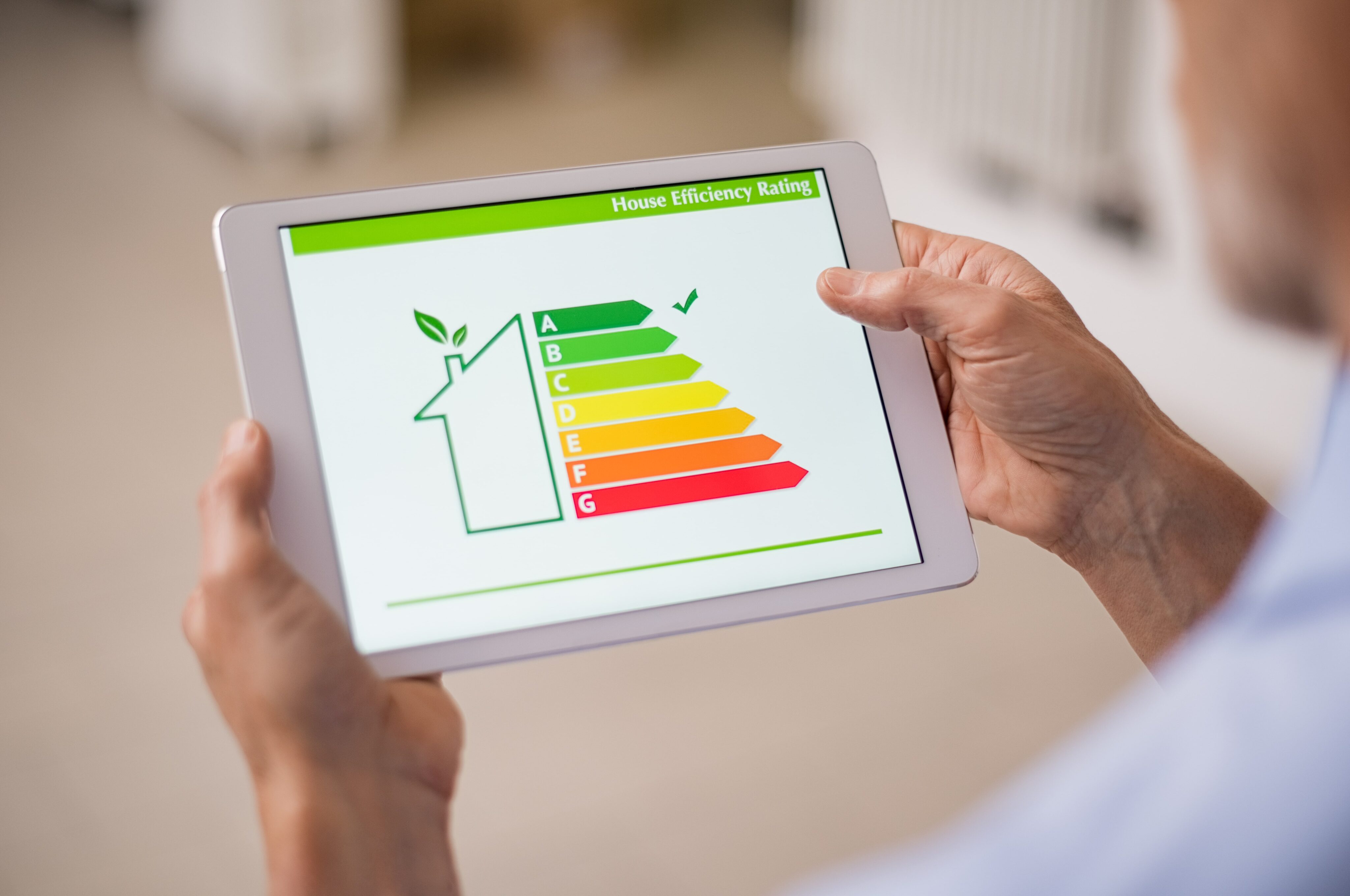
News
Retrofitting: A Crucial Strategy in Achieving Net Zero by 2050
As the urgency of combating climate change intensifies, the pursuit of achieving net-zero carbon emissions by 2050 has become a global imperative.
Amidst this monumental challenge, retrofitting existing buildings emerges as a critical strategy in the journey towards sustainability. Retrofitting involves upgrading and renovating buildings to improve energy efficiency, reduce carbon emissions, and enhance overall environmental performance. This process holds immense importance in the fight against climate change for several compelling reasons.
First and foremost, existing buildings represent a significant portion of the world’s carbon footprint. In many developed countries, including the United States and European nations, buildings are responsible for a substantial share of greenhouse gas emissions. Retrofitting these structures presents a tangible opportunity to mitigate this environmental impact by upgrading outdated systems, improving insulation, and integrating renewable energy technologies. By enhancing the energy efficiency of existing buildings, retrofitting can significantly reduce their carbon emissions, thereby contributing to the overarching goal of achieving net-zero emissions.
Moreover, retrofitting offers a cost-effective solution for reducing carbon emissions compared to constructing new, green buildings. While constructing zero-emission structures is commendable, the environmental benefits of retrofitting should not be overlooked. Retrofit projects often require less time and financial investment than new construction, making them a pragmatic choice for swiftly reducing emissions in the built environment. Additionally, retrofitting existing buildings helps preserve valuable resources by extending their lifespan and maximising their utility, thereby promoting sustainable consumption patterns.
Furthermore, retrofitting has the potential to address social and economic disparities by improving the quality and affordability of housing. Many older buildings suffer from poor insulation, outdated heating systems, and inadequate ventilation, leading to discomfort and health hazards for occupants. By retrofitting these structures to enhance energy efficiency and indoor air quality, we can create healthier, more comfortable living environments while reducing energy bills for residents. This approach aligns with the principles of environmental justice, ensuring that all communities have access to safe, sustainable housing options.

In the context of achieving net-zero emissions by 2050, retrofitting also plays a crucial role in accelerating the transition to renewable energy sources. By integrating technologies such as solar panels, heat pumps, and energy-efficient appliances into existing buildings, we can harness clean energy sources and reduce reliance on fossil fuels. Retrofitting projects serve as tangible demonstrations of renewable energy solutions, inspiring further investment and innovation in sustainable technologies.
However, realising the full potential of retrofitting requires concerted efforts from governments, businesses, and communities. Policymakers must implement supportive regulations and incentives to encourage building owners to undertake retrofit projects. Financial institutions should offer favourable financing options and incentives for energy-efficient upgrades, making retrofitting financially accessible to all stakeholders. Additionally, public awareness campaigns and educational initiatives can empower individuals to take action by making informed decisions about energy consumption and building renovations.
In conclusion, retrofitting existing buildings represents a cornerstone strategy in the pursuit of net-zero carbon emissions by 2050. By improving energy efficiency, reducing carbon emissions, and enhancing living conditions, retrofit projects offer a multifaceted approach to sustainability that addresses environmental, social, and economic challenges. As we strive to create a more resilient and equitable future, prioritising retrofitting initiatives can propel us closer to our shared goal of a carbon-neutral world.
